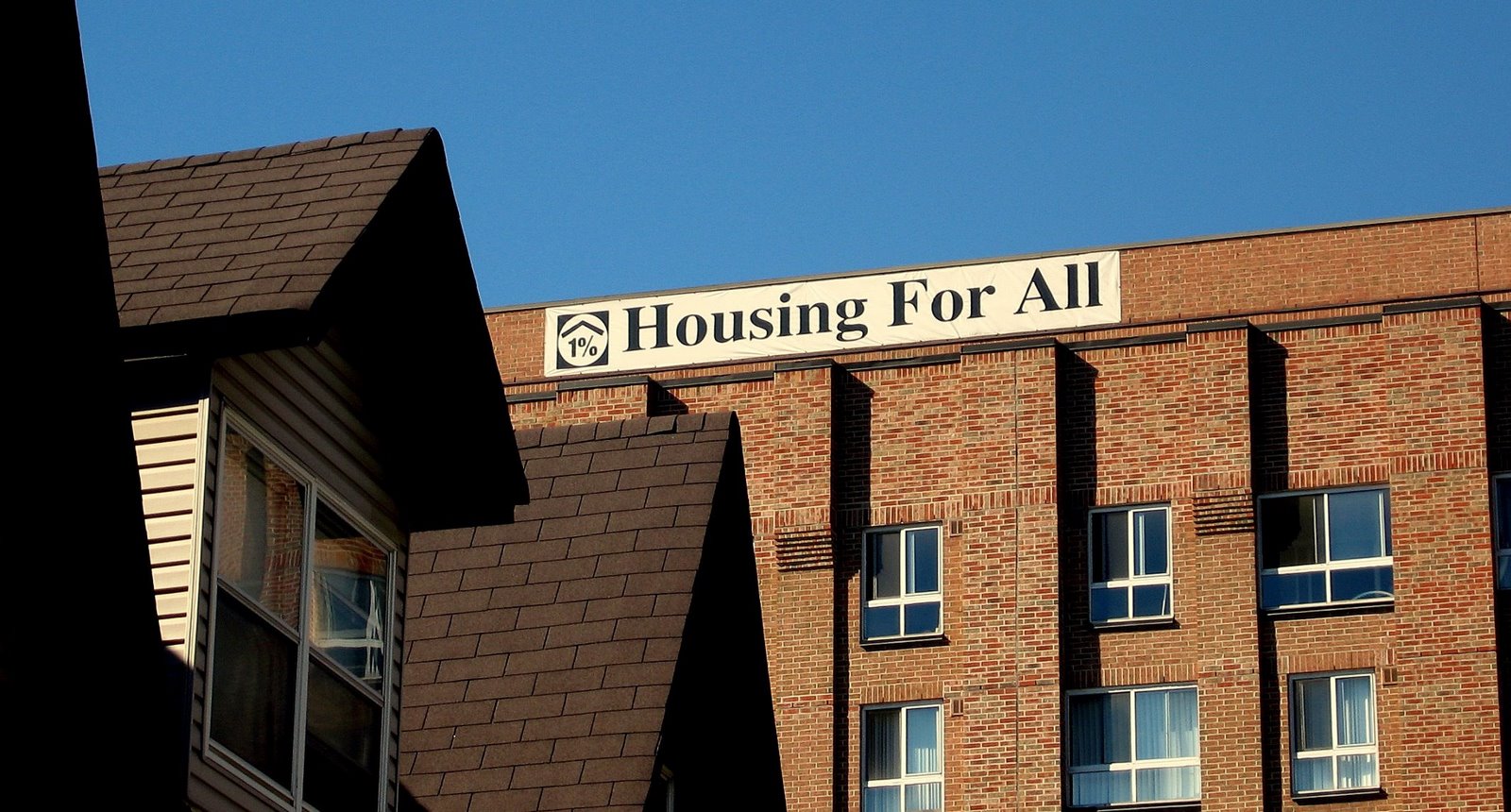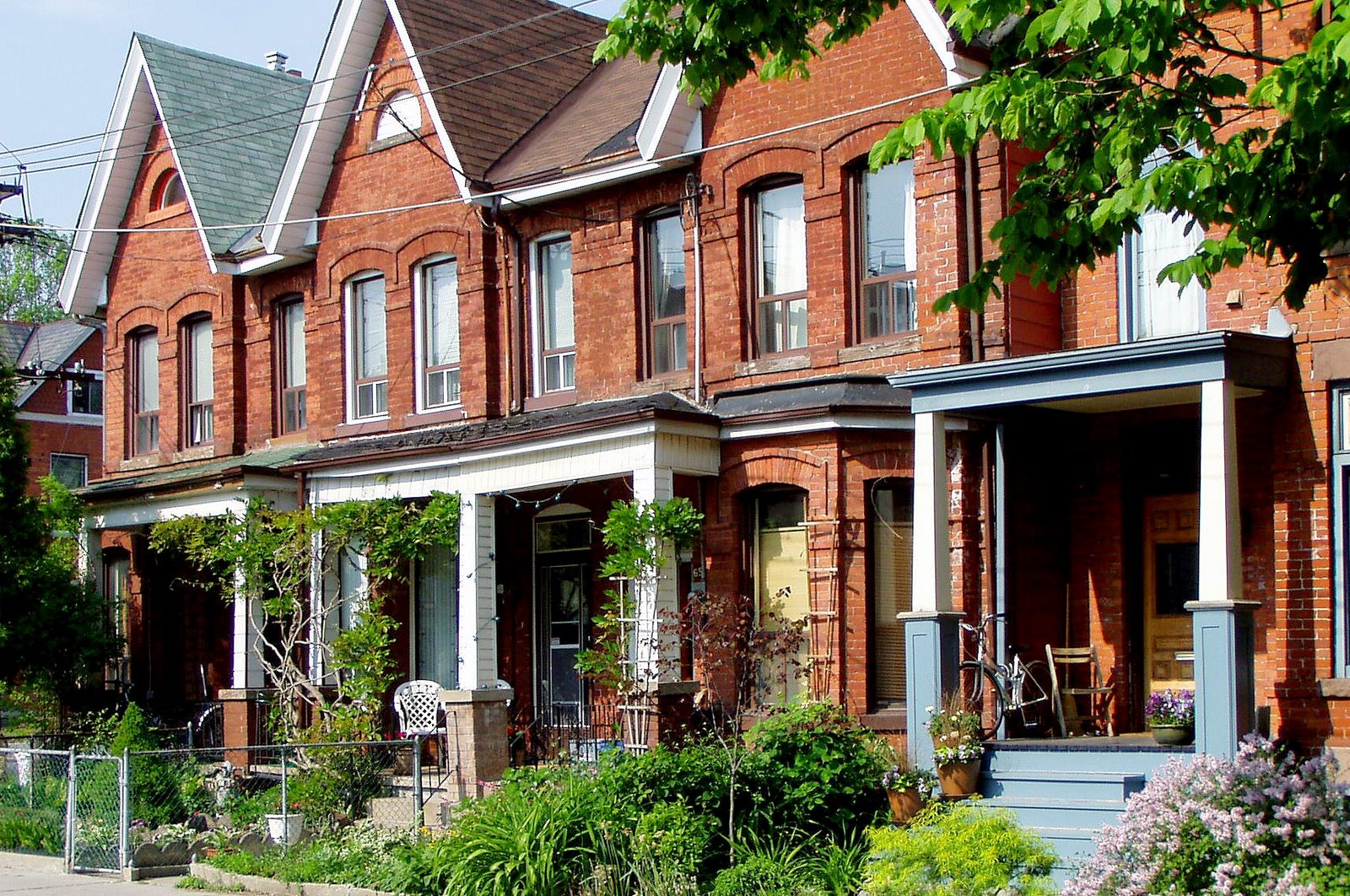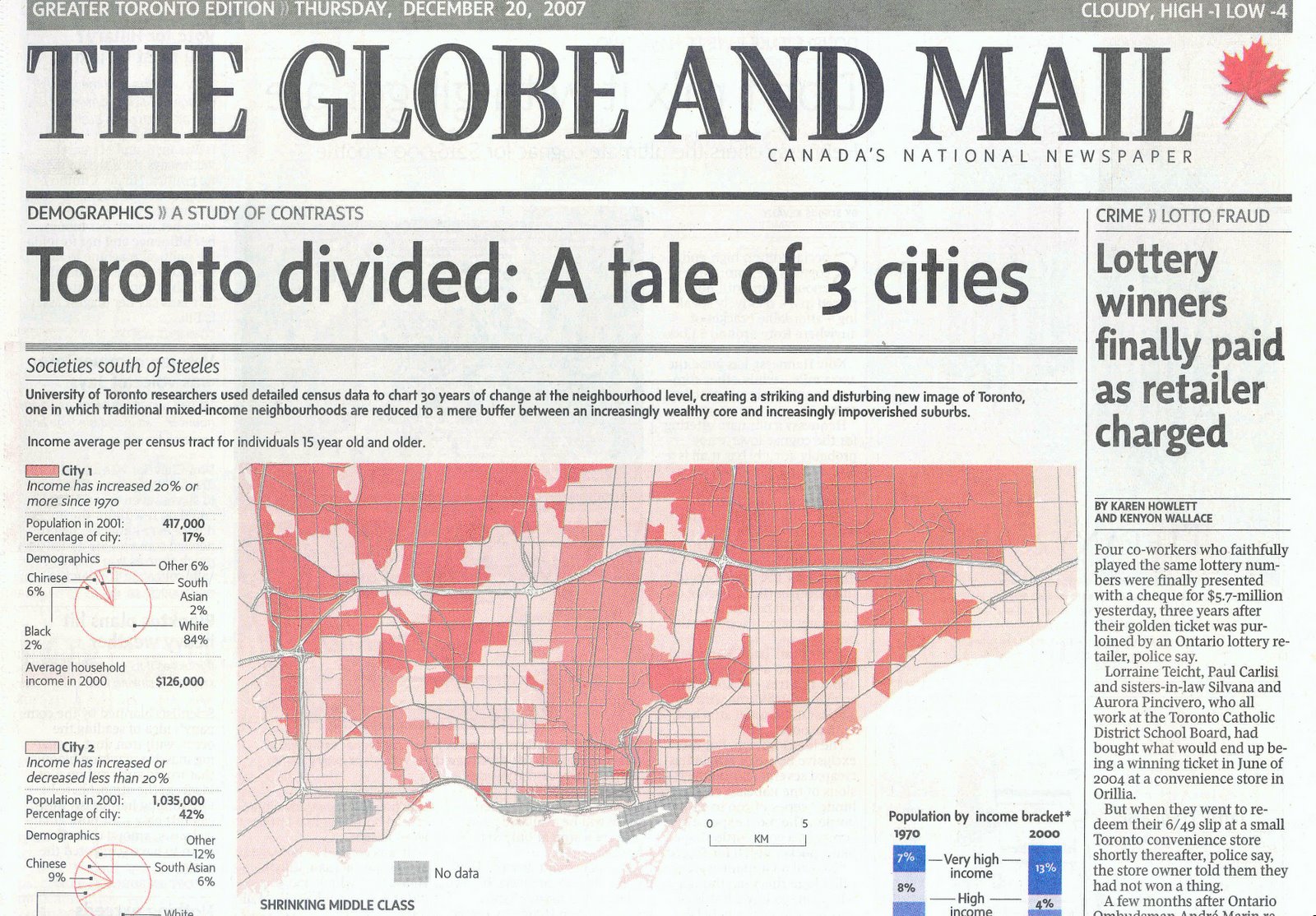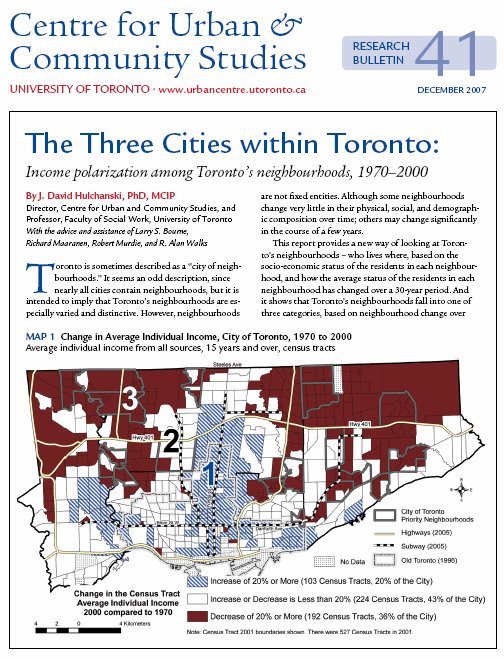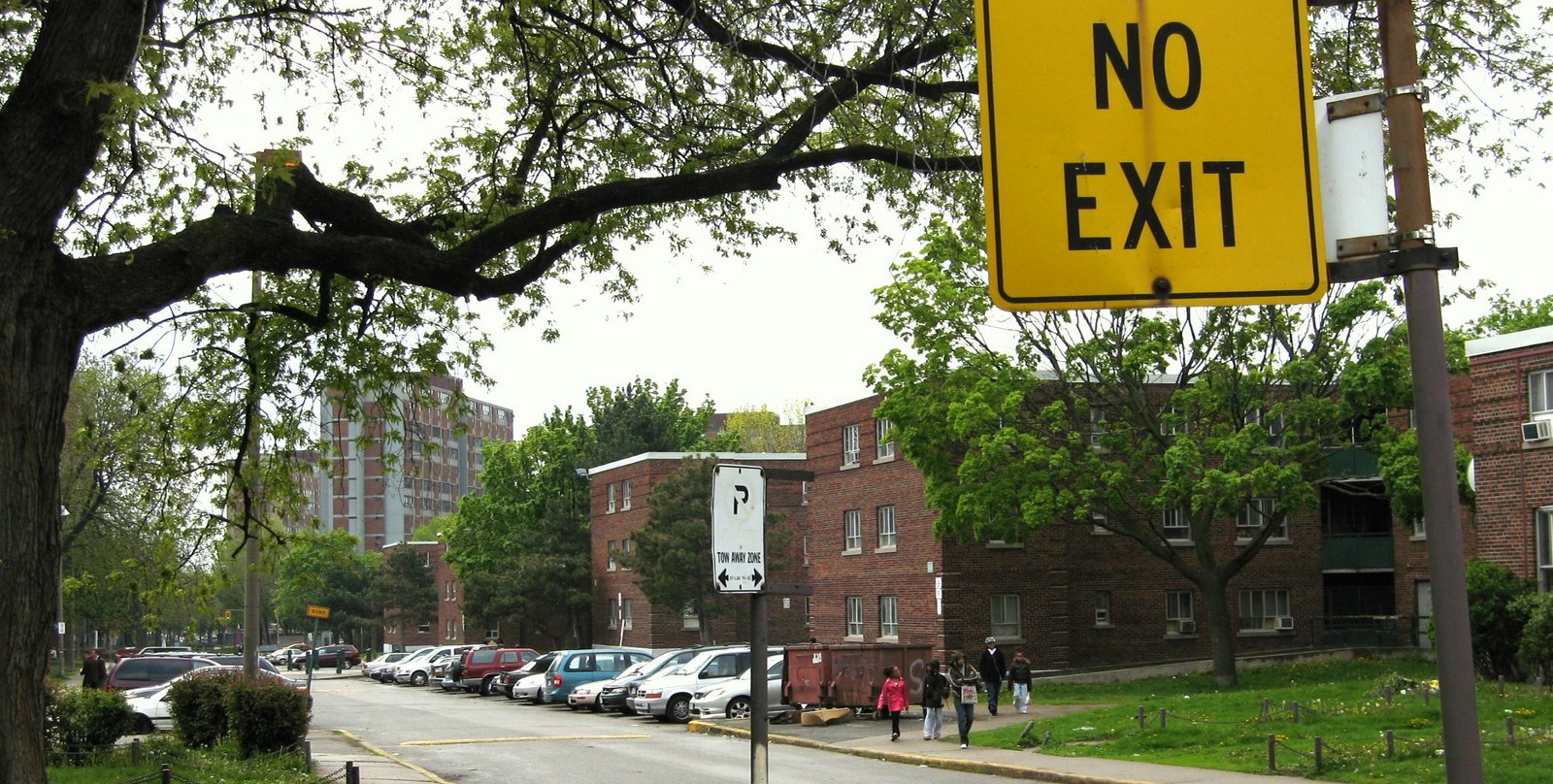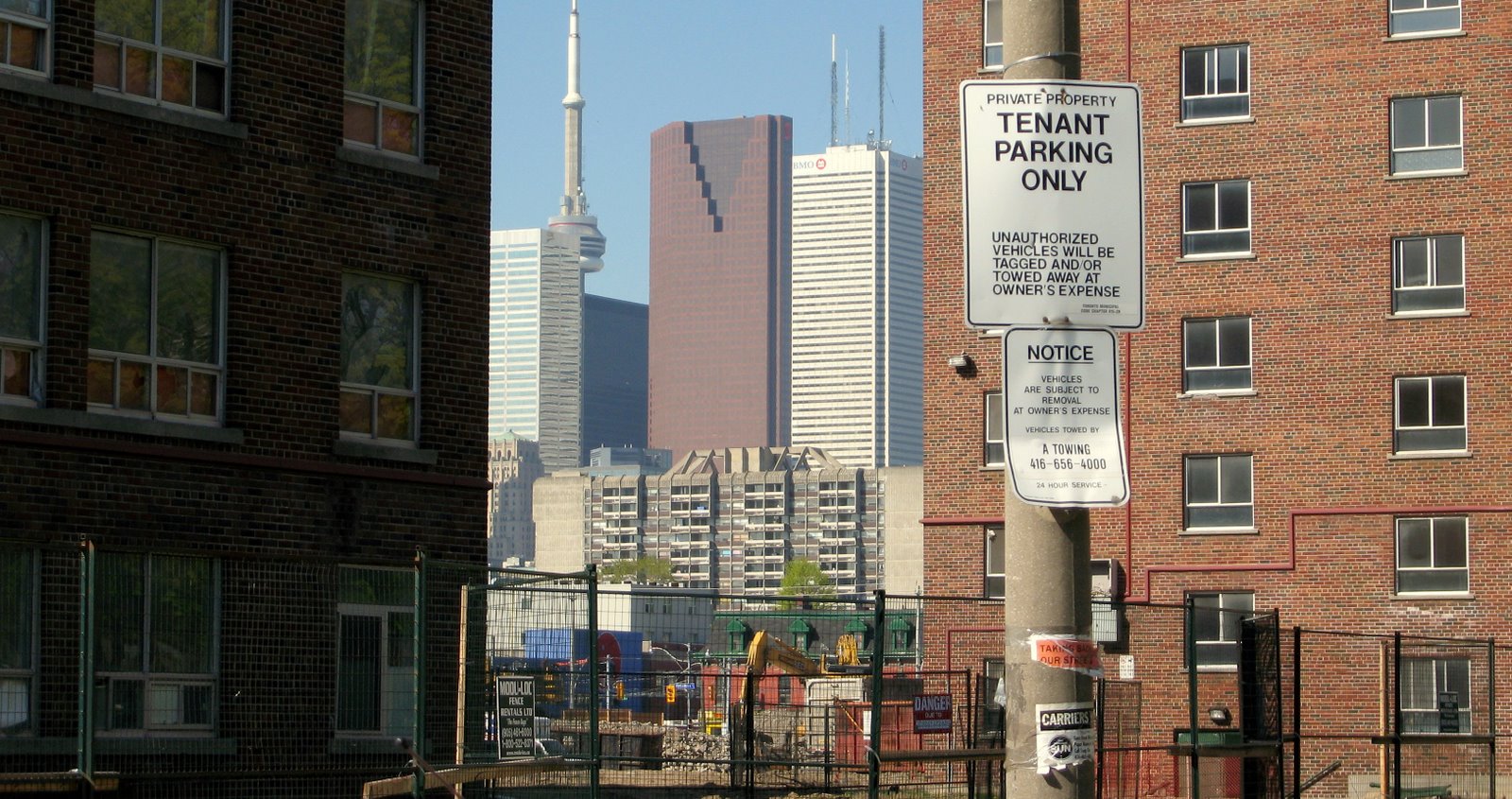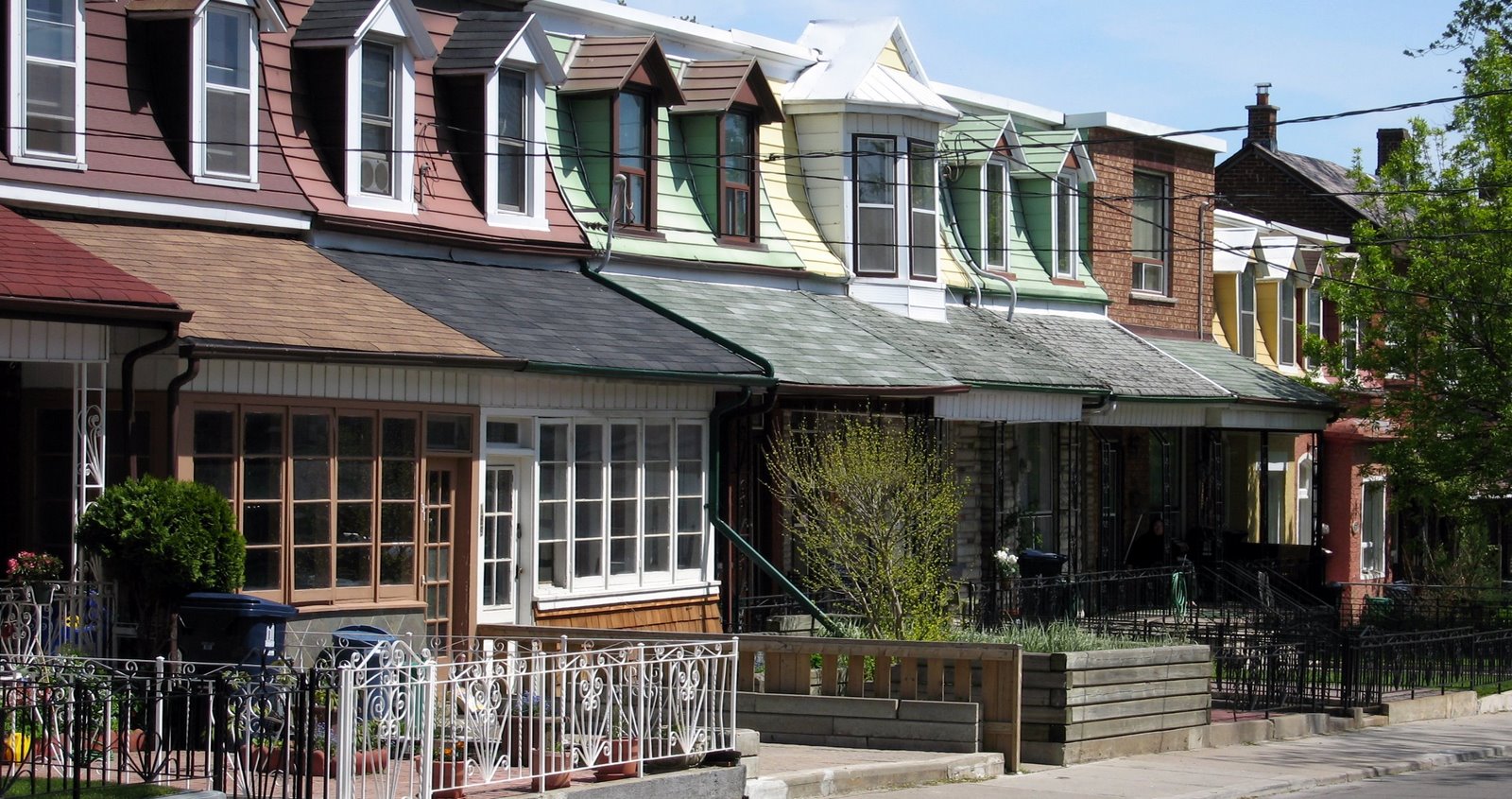David Hulchanski, op-ed in Toronto Star, 18 September 2010
As of late 2009, the English language contained one million words, and new words are being added every day. With such abundance in the language, we tend to forget how powerful words can be, and that the names we give to ideas can shape our world view. Consider a word that we take for granted, but that has far-reaching implications. The word is homelessness.
A search of the New York Times historical database covering 1851 to 2005 reveals that the word “homelessness” was used in 4,755 articles, but 4,148 of them (87%) were published in the 20 years between 1985 and 2005. Before the 1980s, it is rare to find “homelessness” used to designate a social problem. What happened in that decade that made the difference?
In 1981, the United Nations announced that 1987 would be the International Year of Shelter for the Homeless. The United Nations wanted to focus on the fact that so many people in less developed countries were unhoused. There was no mention of developed countries like Canada
But by 1987, the focus of the International Year had shifted to include homeless people in the developed nations of the world, including Canada Canada
Before the 1980s, people in developed countries did not know what it was like to be unhoused. They had housing, even if that housing was in poor condition. Some transient single men in cities were referred to at times as “homeless.” But the term had a different meaning then.
For example, in 1960, a report by the Social Planning Council of Metro Toronto called Homeless and Transient Men, defined a “homeless man” as one with few or no ties to a family group, who was thus without the economic or social support a family home provides. The men were homeless, not unhoused. They had housing, albeit poor-quality housing − rooming houses or accommodation provided by charities. But they had no home.
Canada at that time thus had homeless individuals, but no problem called “homelessness.”
The word “homelessness” came into common use in developed countries in the early and mid-1980s to refer to the problem of dehousing – the fact that an increasing number of people who were once housed in these wealthy countries were no longer housed.
Before the 1980s Canadian urban planners, public health officials, social workers and related professionals had focused on rehousing people into better housing and neighbourhoods. During the Depression and the Second World War, very little new housing was built and many people were living in poor-quality, aging, and overcrowded housing. After the war, Canadians revived the housing market, created a functioning mortgage system with government mortgage insurance, built social housing, and subsidized private-sector rental housing. About 20,000 social housing units were created every year following the 1973 amendments to the National Housing Act.
In introducing the 1973 housing legislation, the Minister of Urban Affairs − a federal ministry we no longer have today but which existed during most of the 1970s − asserted that our society has an obligation to see that all people are adequately housed. The Minister, Ron Basford, said, “When we talk … about the subject of housing, we are talking about an elemental human need – the need for shelter, for physical and emotional comfort in that shelter. When we talk about people’s basic needs – the requirements for survival – society and the government obviously have an obligation to assure that these basic needs of shelter are met.”
Undoubtedly we would not have the social problem of homelessness today if this philosophy had continued through the 1980s and 1990s to the present day. By the 1980s, however, Canada
The cutbacks in social housing and related programs began in 1984. In 1993 all federal spending on the construction of new social housing was terminated and in 1996 the federal government further removed itself from low-income housing supply by transferring responsibility for most existing federal social housing to the provinces.
Over the past two decades we relied on an increasingly deregulated society in which the “genius of market forces” would meet our needs, in which tax cuts, made possible by cuts to programs that largely benefited poor and average-income people, were supposed to “trickle down” to benefit those in need. The competitive economy required, we were told, wage suppression and part-time jobs with no benefits.
By the early 1980s countries like Canada
In short, we have not used the word “homelessness” for very long. It is a catch-all term for a host of serious social and economic policy failures. Its widespread usage reflects what has happened to Canadian society – the way we organize who gets what, and our failure to have in place systems for meeting basic human needs in a universal, inclusive fashion.
--------------------------
The electronic book on Canadian research on homelessness, Finding Home,
is available on the Homeless Hub.
is available on the Homeless Hub.
